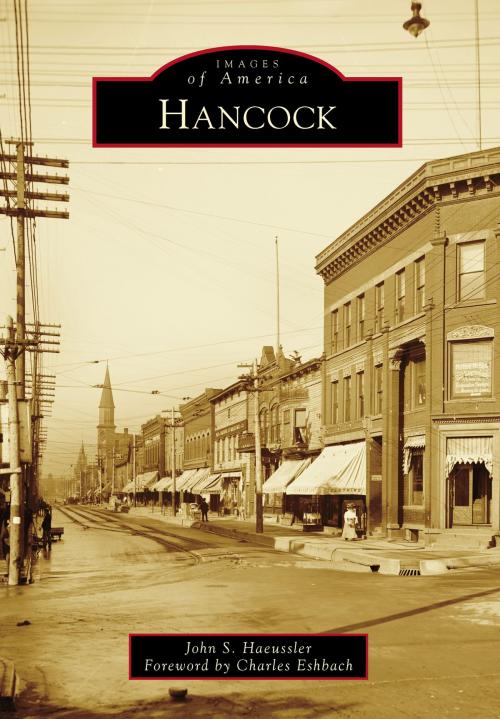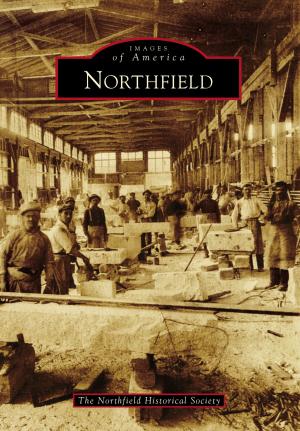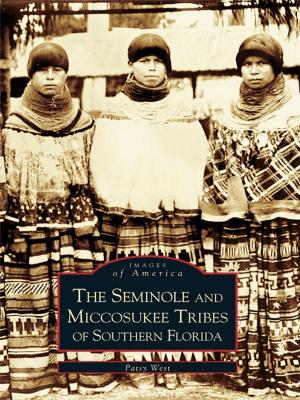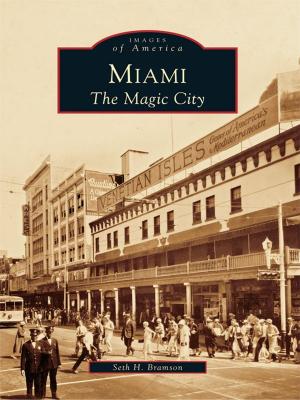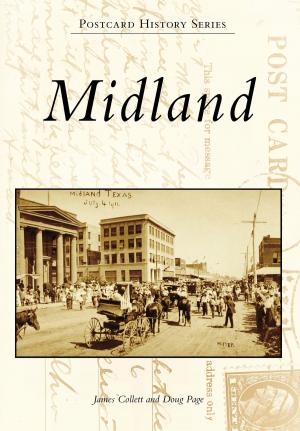| Author: | John S. Haeussler | ISBN: | 9781439647097 |
| Publisher: | Arcadia Publishing Inc. | Publication: | September 8, 2014 |
| Imprint: | Arcadia Publishing | Language: | English |
| Author: | John S. Haeussler |
| ISBN: | 9781439647097 |
| Publisher: | Arcadia Publishing Inc. |
| Publication: | September 8, 2014 |
| Imprint: | Arcadia Publishing |
| Language: | English |
Hancock is a 19th-century mining boomtown in the heart of Michigan�s Copper Country. Situated on the northern shore of Portage Lake, it grew into a regional center of shipping and commerce. Hancock�s early residents were predominantly emigrants from Prussia, Ireland, and England (largely Cornwall) who came to work in area mines. Germans and French Canadians were also part of the diverse ethnic mix, and they were later joined by Finns, Scandinavians, and Italians. The harsh winter climate and geographic isolation, with limited means of transportation for roughly half the year, required a hardy citizenry. The pioneer inhabitants were resolute achievers, forging a community that with each generation grew less dependent on mining and its ancillary industries. Hancock became the Copper Country�s first city in 1903 and remains Michigan�s northernmost city to this day. It is also home to the only private university in Michigan�s Upper Peninsula.
Hancock is a 19th-century mining boomtown in the heart of Michigan�s Copper Country. Situated on the northern shore of Portage Lake, it grew into a regional center of shipping and commerce. Hancock�s early residents were predominantly emigrants from Prussia, Ireland, and England (largely Cornwall) who came to work in area mines. Germans and French Canadians were also part of the diverse ethnic mix, and they were later joined by Finns, Scandinavians, and Italians. The harsh winter climate and geographic isolation, with limited means of transportation for roughly half the year, required a hardy citizenry. The pioneer inhabitants were resolute achievers, forging a community that with each generation grew less dependent on mining and its ancillary industries. Hancock became the Copper Country�s first city in 1903 and remains Michigan�s northernmost city to this day. It is also home to the only private university in Michigan�s Upper Peninsula.
